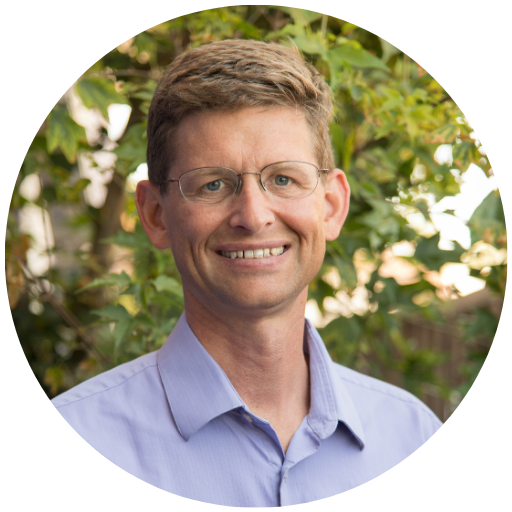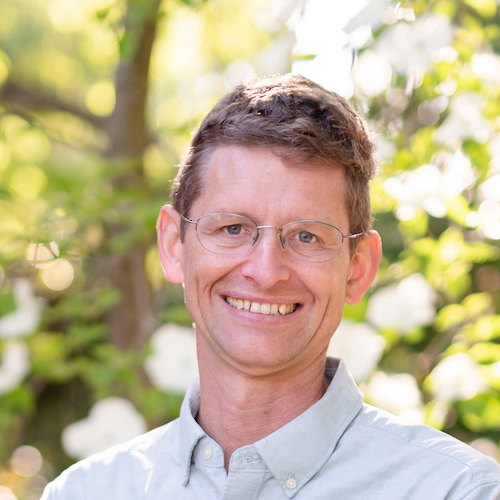The Bymaster family can list our ancestors going back for six generations, which I thought was pretty good until I met Martha. Martha can recite the names of her fa- ther’s ancestors going back for twelve generations, taking her family history further back than America’s Declaration of Independence. Surprisingly, the South Sudanese oral tra- dition record of family history far exceeds my own written tradition. The name of her ancestor as far back as Martha can remember is Kakere. He was named after a dried gourd cut in two to create a bowl.
Long before Kakere, approximately one thousand years ago, African Nilotic people (associated with the Nile) started migrating into what is now South Sudan. Whereas northern Sudan is semiarid desert, southern Sudan is very moist and is covered by marshland called the Sudd. The Sudd helped isolate the South Sudanese Nilotic people from the Arab people to the north and from all other outside influence for hundreds of years. During this time a fasci- nating and intricate tribal lifestyle formed. The two largest tribes in the Sudan are the Dinka followed by the Nuer.1 Martha is from the Nuer tribe.
The Sudd is infused with an endless supply of water from the world’s longest river, the Nile River. The Nile runs for four thousand miles from Lake Victoria through Uganda, Sudan, Egypt, and into the Mediterranean Sea. It was the lifeblood for Kakere and his ancestors. The entire Egyptian civilization was also built along the nourishing edge of the Nile. Every September, during the hottest and driest part of the year, the Nile rose in Egypt. This happened every single year, for thousands of years, with no record of the flow ever stopping. The Egyptians marveled at this and worshipped the ceaseless flow of this river. Where could the water possibly have come from? How could it flow with such consistency in a place where the rain did not fall? The source of the Nile had been a point of incessant specula- tion going far back into ancient hieroglyphic records. The Egyptian god of Hapy was the deity of the yearly floods, and the pharaoh himself was thought to control the floods along with the help of Hapy. The Egyptians were aware of the Nile flowing through northern Sudan, but beyond that it was a great mystery. In the fifth century, Herodotus, known as “The Father of History,” said, “ . . . of the sources of the Nile no one can give any account . . . it enters Egypt from parts beyond.” Herodotus himself attempted to find the source of the Nile but was turned back at the first cataract, stating it was impossible to locate the source. The Roman Emperor Nero sent an envoy to locate the source of the Nile, but it was blocked at a great swamp, the Sudd. The famous British explorer Harry Johnston said that the source of the Nile was the “greatest geographical secret after the discovery of America.”2 Countless expeditions were launched through- out the millennia to find the source of the Nile, but every single one failed. The land of Kakere, the Sudanese Sudd, was impenetrable. The land was so inhospitable that it hid the source of the world’s greatest river from the prying eyes of great explorers. The expeditions always ended at the Sudd, stymied by the heat, mosquitoes, malaria, difficult terrain, crocodiles, lions, and tribal peoples.
The area that the rest of the world could not even enter was the home of Kakere. The people of South Sudan are an extraordinarily hardy people. Martha’s youngest brother’s name, Ruot, means, “never give up,” which is an apt name from the people of southern Sudan.
In his account of the discovery of the source of the Nile, Alan Moorehead describes the Sudd:
The Nile south of Khartoum is a complicated stream. For five hundred miles it proceeds through desert on a broad and fairly regular course, with trees and occasional low, bar hills or jebels on either bank. But at the point where the Sobat comes from the Abyssinian [Ethiopian] mountains, a short distance above the present town of Malakal, the river turns west, the air grows more humid, the banks more green, and this is the first warning of the great obstacle of the Sudd that lies ahead. There is no more for- midable swamp in the world than the Sudd. The Nile loses itself in a vast sea of papyrus ferns and rotting vegetation, and in that foetid [fetid] heat there is a spawning tropical life that can hardly have altered very much since the beginning of the world; it is as primitive and as hostile to man as the Sargasso Sea. Crocodiles and hip- popotamuses flop about in the muddy water, mosquitoes and other insects choke the air and the Balaeniceps Rex and other weird water-birds keep watch along the banks—except that here there are no ordinary banks, merely chance pools in the forest of apple green reeds that stretches away in a feathery mass to the horizon. This region is neither land nor water.
It was only a matter of time until the lands of southern Sudan were opened to conquest. When they came, the con- querors found something even more formidable than the Sudd: The people of southern Sudan, the progeny of Kakere.

